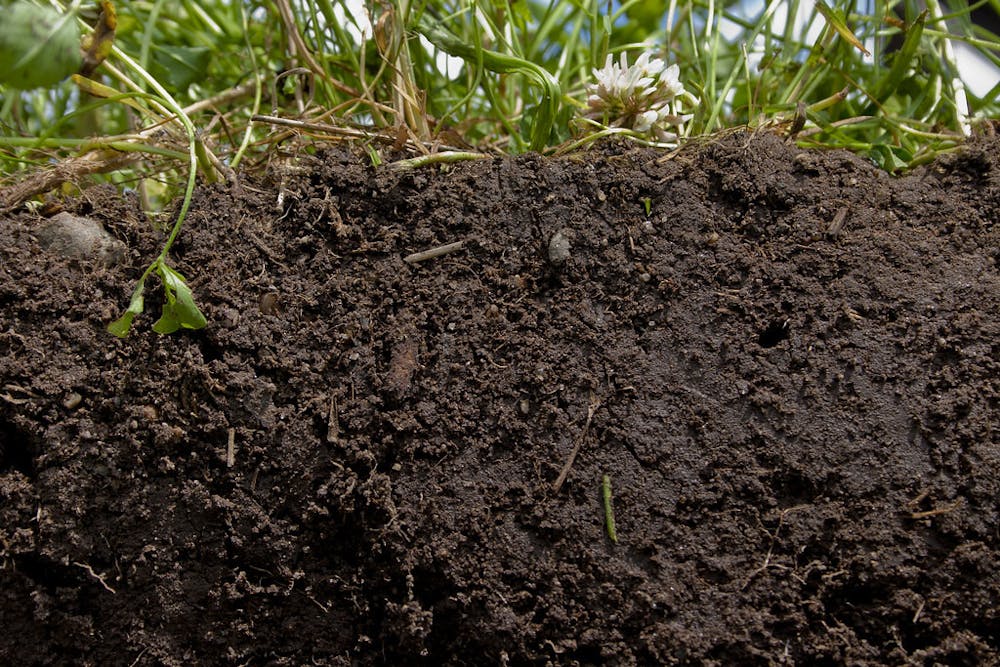Let’s dive into the latest in scientific news and explore recent breakthroughs, discoveries and advancements that are shaping our understanding of the world. This week’s column looks into an unanticipated effect of a type 2 diabetes treatment, explores a recent report in the field of public health and dives into updates in ecology.
Type 2 diabetes patients that take semaglutide have seen a decrease in risk for Alzheimer’s
A study from Case Western Reserve University School of Medicine published in the Alzheimer's and Dementia journal has found that type 2 diabetes patients that take semaglutide have seen a decrease in risk for Alzheimer’s.
Semaglutide is a glucagon-like peptide-1 (GLP-1) receptor agonist that decreases glucose levels in the blood, functioning as a treatment for type 2 diabetes and obesity. The common dosage for semaglutide is either weekly through injection or daily with oral medications. The U.S. Food and Drug Administration approved semaglutide as an oral treatment for type 2 diabetes in 2019, but the organization has released warnings, labeling semaglutide as an illegal drug for weight loss.
The study examined the effects of semaglutide in comparison compared to other treatments, such as dipeptidyl peptidase-4 inhibitors and metformin, on Alzheimer’s risk in patients with type 2 diabetes. Findings revealed that patients treated with semaglutide had a lower risk of developing Alzheimer’s than those receiving other diabetes treatments. Notably, this reduction in risk was more pronounced in women than in men.
The study ends with the possibility that GLP-1 receptors might play an important role in Alzheimer’s development as it impacts multiple pathways involved with Alzheimer’s progression, although the authors emphasize that there still needs to be more research conducted to come to a definite conclusion.
McDonald’s Escherichia coli (E. coli) outbreak
In the past week, the fast food chain has been linked to more than 70 official cases of E. coli across multiple states. The company has linked the sickness to the Quarter Pounders, specifically either the onions or beef patties in hamburgers.
E. coli is a bacterium, and symptoms associated with an E. coli infection are nausea, stomach aches, diarrhea and vomiting. Often, E. coli outbreaks are associated with unwashed or contaminated food; the Centers for Disease Control and Prevention (CDC) has recorded that previous outbreaks associated with E. coli in 2024 were linked to raw cheddar cheese in 11 official cases and walnuts in 13 official cases.
The CDC categorizes a group of cases as an outbreak by comparing the number of observed cases to the number of normally expected cases across time. They look at how many cases appeared within a specified period, linkage factors such as institution, exposure, geographic area and certain populations such as students or the elderly. One of the methods in investigating an outbreak is the formation of a “case definition,” a criteria that determines if an individual is linked to the outbreak. The case definition is not binary but determined as either suspected, probable or confirmed.
The importance of soil texture in an ecosystem
A recent study published in Nature highlights the crucial role soil texture plays in water limitation of an ecosystem, especially in a world experiencing climate change. Aside from the overall temperature of the planet increasing, other effects of climate change include a higher number of droughts and decreased agricultural productivity. This research emphasizes how soil composition can influence an ecosystem’s ability to withstand these environmental stresses.
One way to observe this phenomenon is by calculating the vapor pressure deficit (VPD) — a measurement of the deficit between the moisture in the air currently and the maximum moisture the air can hold. Rising VPD levels indicate that the atmosphere's capacity to hold moisture is increasing, making it harder for plants to draw water from their roots, which is essential for growth. This leads to lower amounts of vegetation and an increased susceptibility to drought. Soil moisture is another critical factor to monitor in understanding ecosystem water limitations.
The study utilizes model simulations to argue that soil texture influences how plants receive and access water in ecosystems — especially in ecosystems experiencing water limitation, where plant growth and activity are limited by the amount of water available. The authors tie levels of VPD to certain soil textures, with coarse-textured soils being less sensitive to VPD compared to fine-textured soils.
The authors emphasize the importance of soil properties in water limitations with the hope that these conclusions will be useful for drought response and safekeeping of ecosystems that are threatened by climate change.





